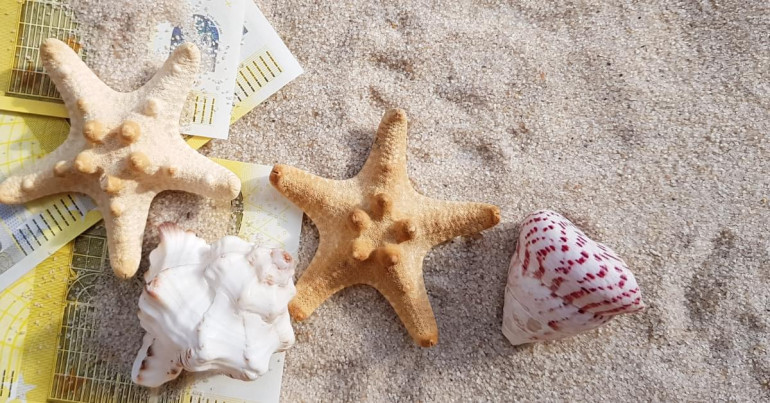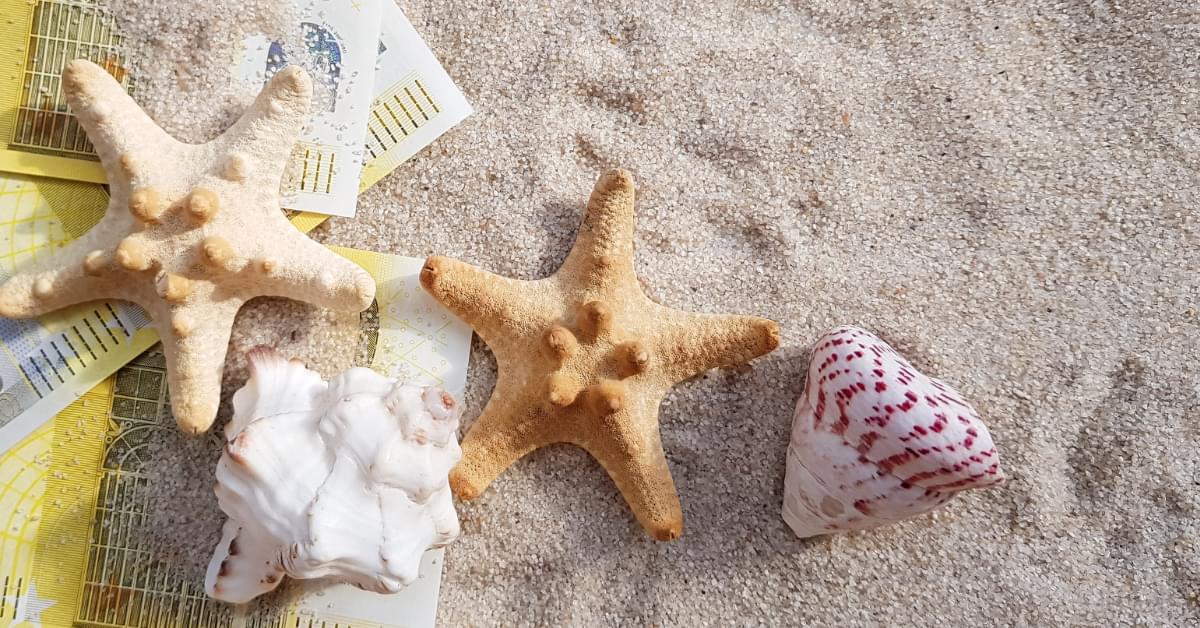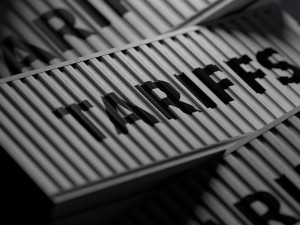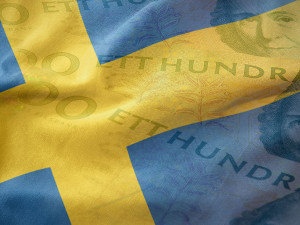
As globalisation has dramatically increased over the past decades, businesses are increasingly dealing with suppliers and customers all over the globe. As a result, the foreign exchange market has also become more open, exposing companies to receivables and risks in what are called ‘exotic currencies’. We look at what exotic currencies are, what the risks are when dealing in such currency pairs and how to hedge these risks.

What are exotic currencies?
The term ‘exotic currency’ is a catch-all term for any kind of currency or currency pair, which is unusual to deal in because it is, well, “exotic”. The term is used interchangeably with emerging market currencies and, more generally speaking, smaller currency pairs with low liquidity.
Traders use this term to differentiate those currency pairs from the more widely-traded, commonly-used and highly liquid major currencies such as the Euro or the US Dollar.
In contrast to stock markets, where index providers such as MSCI are categorising countries into ‘developed markets’, ‘emerging markets’ and ‘frontier markets’, there is no clear definition as to what counts as ‘exotic’ in currency terms. An exotic currency pair does sit somehow in the territory of emerging and frontier markets and is typically illiquid and thinly traded.
Most popular exotic currency pairs
Typically, secondary pairs in a smaller emerging market currency would classify as exotic. While some people may classify the Turkish Lira or the Brazilian Real as a minor currency pair against the US-Dollar, a secondary pair trading such as the British Pound trading against such a currency would most likely be classified as exotic, for example, TRY/GBP.
A handful of the most popular exotic currency pairs in the foreign exchange market include GBP and EUR pairs trading against the TRY (Turkish Lira), the SGD (Singapore Dollar), the ZAR (South African Rand), and the BRL (Brazilian Real).
Some venues also classify minor trading pairs on the developed markets or European currencies as exotic. However, this is relatively uncommon. Currencies such as the SEK (Swedish Krona), the NOK (Norwegian Krona) and the DKK (Danish Krona) are normally classified as ‘Scandinavian’, while non-EUR pairs in emerging markets in Europe such as the CZK (Czech Krona) and the PLN (Polish Zloty) would be counted as ‘exotic’.
Trading volume of exotic currencies
Exotic currencies, both from emerging and frontier market countries, are not widely traded and tend to have relatively low liquidity compared to more prominent international currencies.
These pairs only account for a very minor percentage of daily transactions in the global forex market, which is dominated by a significant share of USD, EUR, JPY and GBP pairs, according to a Central Bank survey by the BIS (Bank for International Settlements) in 2016. It is unlikely that any major shift did occur since then.
The low trading volume consequently leads to higher transaction costs, wider bid-ask spreads, and, ultimately, more risks for people looking to deal in these currencies.
Risks when dealing in exotic currencies
Dealing in exotic currencies involves several risks:
Illiquidity
Due to thin trading volume and lack of counterparties, it is difficult to trade large volumes in exotic currency pairs without moving the market significantly. Bid-ask spreads may be significant, and it can be difficult to enter and exit a large position, especially as foreign exchange markets in smaller currencies tend to carry news of big buyers or sellers quickly.
Due to this illiquidity, market manipulation can also occur in thinly traded exotic currency pairs, as witnessed in the case of manipulation in the ZAR/USD pair in 2017.
Elevated volatility
Due to illiquidity, exotic currency pairs tend to be more volatile than major pairs. The volatility can lead to unpredictable price swings, especially if there is significant unexpected political or central bank news, which may even be unrelated to the currency itself. For example, the election of Donald Trump in 2016 triggered a plunge in the Mexican Peso by more than 12% against the US Dollar.
Political risk
Since exotic currencies are typically issued by emerging or frontier market countries, political risks are elevated. This includes the risk of exchange rate control or other unorthodox monetary policies, which can lead to currency depreciation. Sometimes, a currency may even become inconvertible overnight.
Where are exotic currencies traded?
Most exotic currencies can be traded offshore in the world’s financial centres London, Sydney, New York, Singapore and Tokyo — around the globe in different time zones unless there are capital controls which hinder offshore trading.
The forex market is primarily traded over the counter, so financial firms, central banks, and brokerage houses all have bilateral ways of dealing or access to electronic marketplaces where they can trade in illiquid pairs. For smaller businesses and individuals, it makes sense to work with a specialised provider such as CurrencyTransfer.

Hedging strategies
As with major currencies, also in exotic pairs, the main hedging options are either spot transfers or forward contracts.
- With spot hedging, the full amount of the foreign currency is immediately purchased and delivered.
- Forward contracts secure a fixed exchange rate at a specific date in the future without exchanging any notional on the trade. At the end of the term, the profit or loss on the trade is settled.
Do you need to hedge exposure in exotic currencies? We offer deals in a range of exotic currency pairs through our network of FCA-regulated partners. Sign-up for an account to access our platform.
G.C. Wagner
Gustav Christopher is a writer specialising in finance, tech, and sustainability. Over 15 years, he worked in banking, trading and as a FinTech entrepreneur. In addition, he enjoys playing chess, running, and tennis.



